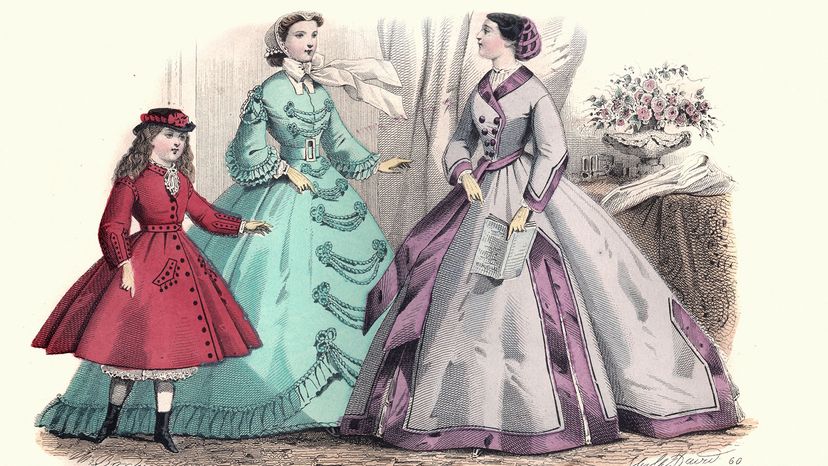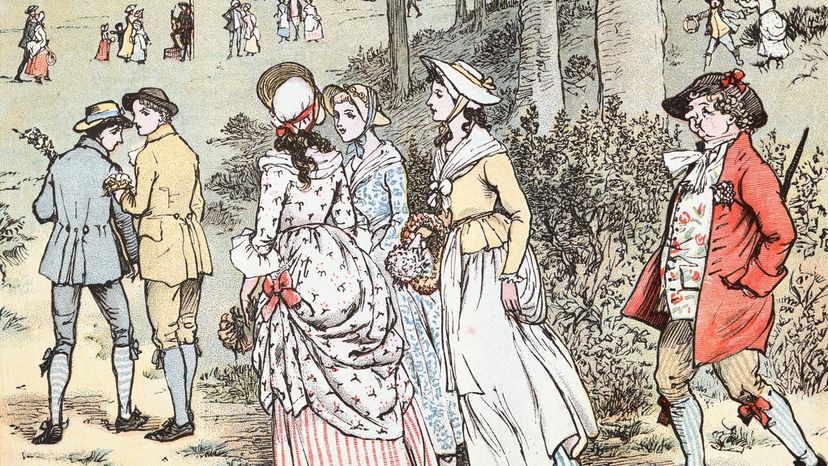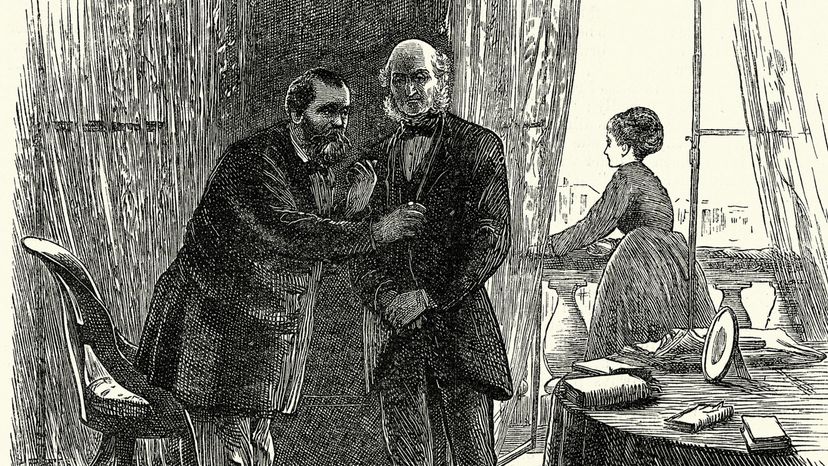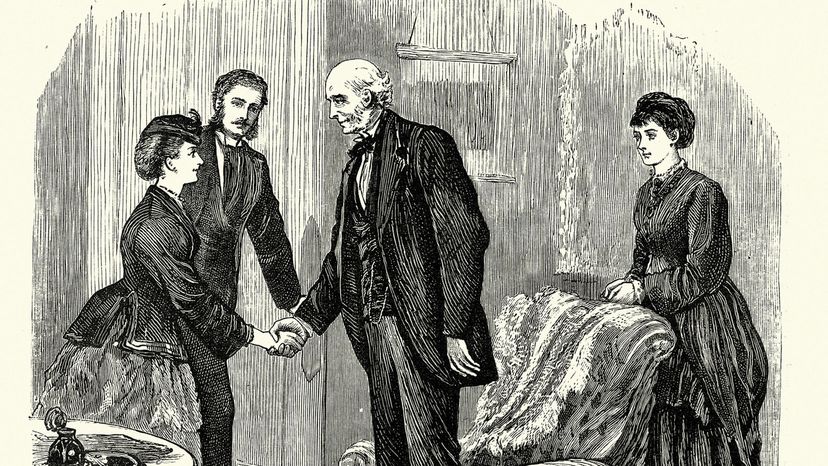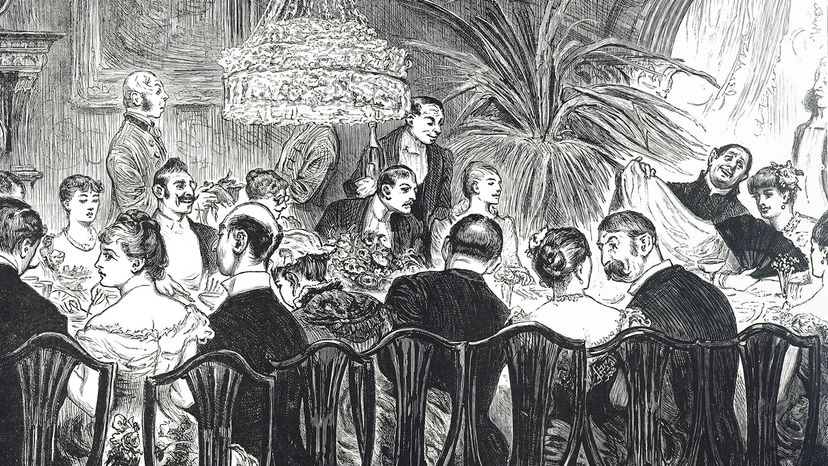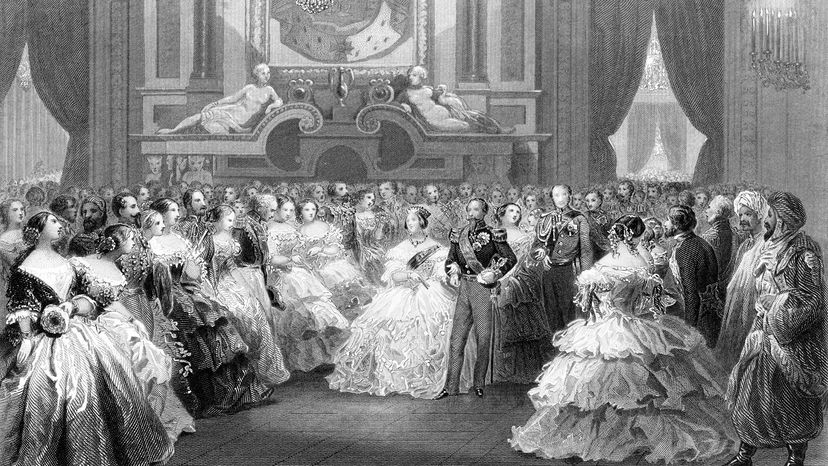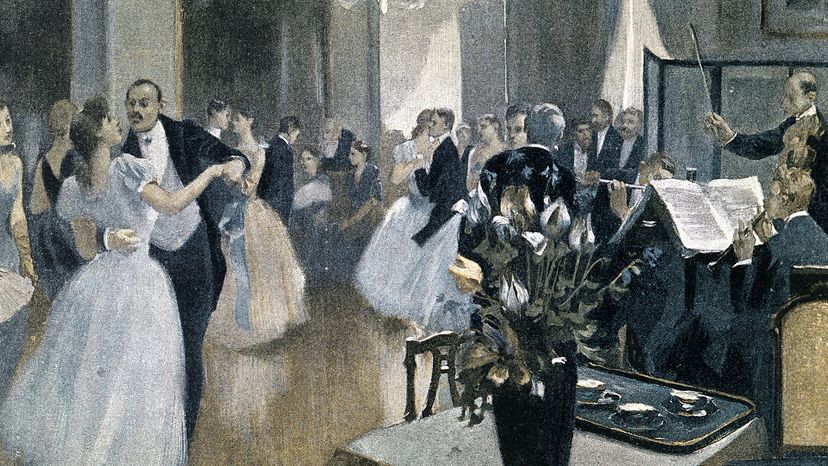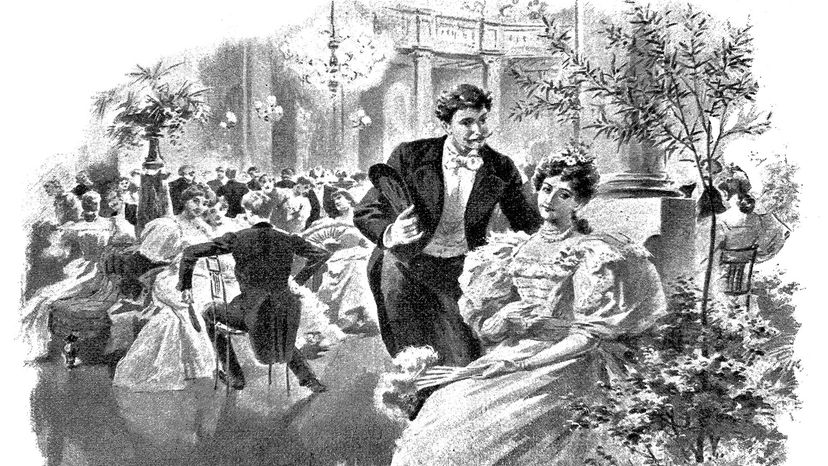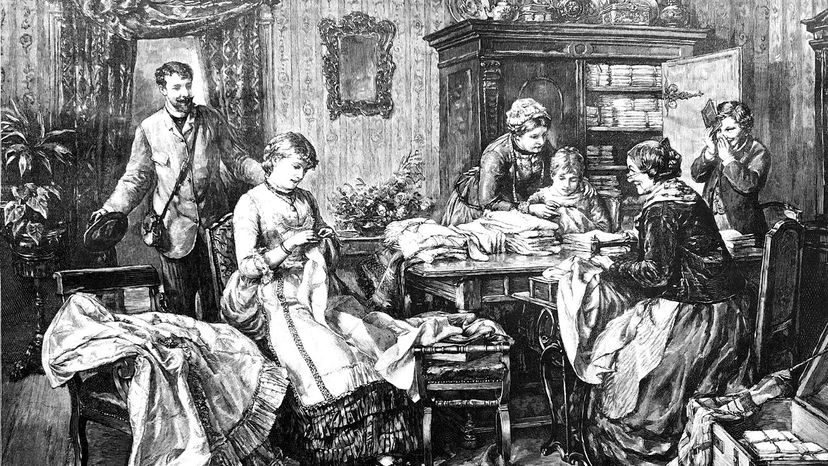
The Victorians have a reputation for being prim, proper and persnickety. As a member of the upper class in Victorian England (during the reign of Queen Victoria, 1837-1901), one had to know the exhaustive rules of etiquette that went along with one's position. Today, many of these rules seem arbitrary and silly: Does it really matter the order in which dinner party guests enter the dining room? At the time it did, because such social niceties constituted basic manners and politeness.
Of course, some etiquette rules were arbitrary, but they were nonetheless functional. Every society has such rules — like whether to drive on the right or left side of the street — to establish expectations and keep things running smoothly. In the Victorian era, etiquette lubricated the mechanism of social exchange: There were rules for making new friends, keeping up with old friends and even cutting out morally dubious friends. But most importantly, knowing the rules helped one show respect for everyone else, including servants, acquaintances, nobility and clergy.
Advertisement
Yet such rules could go too far. It was evident to many even then; social critics of the time popularly mocked the more ridiculous elements of Victorian society. The magazine Punch published cartoons of farcical social scenes, and the satirist W.S. Gilbert penned humorous lyrics to comic operas skewering silly elements of the culture. We'll take a glimpse into some of the rules that seem absurd to us today.
Let us start with a proper invitation: We kindly request the pleasure of your company to take part in an exploration of Victorian etiquette. Let's start with what they wore.
